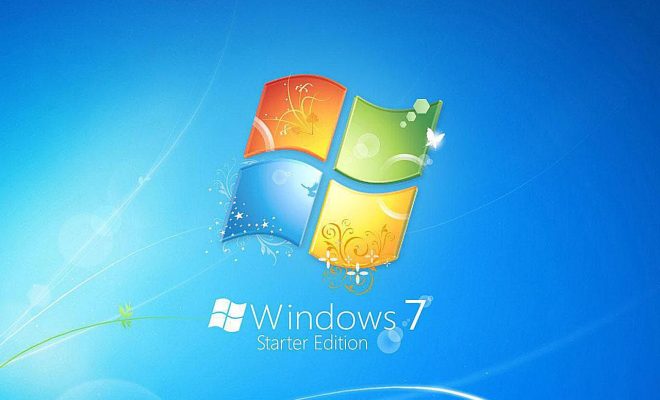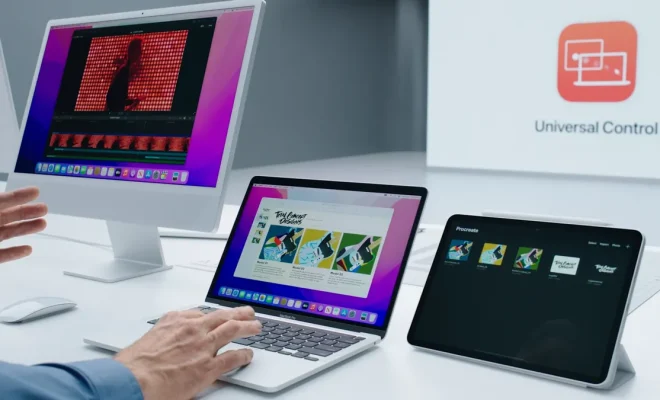How to Clean Install Windows 7

A clean install of Windows 7 is the process of completely wiping your computer’s hard drive and installing a new, fresh version of the operating system. This can be a daunting task for some, but it’s essential if you’re experiencing issues with your current installation or if you’re looking to upgrade from an older version of Windows.
Before you begin the installation process, it’s important to back up any important files and documents you have on your computer. This includes photos, music, videos, and any other personal data you don’t want to lose. You can save these files to an external hard drive or a cloud-based storage service like Dropbox or Google Drive.
Once you’ve completed your backup, follow these steps to perform a clean install of Windows 7:
Step 1: Insert the Windows 7 installation disc into your computer’s CD or DVD drive and restart your computer.
Step 2: Press any key when prompted to boot from the installation disc.
Step 3: Choose your language and country preferences, then click the Install Now button.
Step 4: Accept the license terms and click the Next button.
Step 5: Choose the Custom (advanced) installation option.
Step 6: Select the hard drive or partition you want to install Windows 7 on. If you have only one hard drive, it should be listed as “Disk 0.” Select it, then click the Next button.
Step 7: Windows 7 will begin installing. This may take several minutes or more, depending on the speed of your computer.
Step 8: Once the installation process is complete, you’ll be prompted to create a user account and choose your computer’s settings.
Step 9: After you’ve completed the setup process, you’ll be taken to the Windows desktop. From here, you’ll want to install any necessary drivers and updates to ensure your computer is running smoothly.
Performing a clean install of Windows 7 can be time-consuming, but it’s a necessary step if you’re experiencing issues with your current installation or if you’re looking to upgrade from an older version of Windows. By following these steps, you can ensure that your computer is running the latest, most up-to-date version of Windows and that all of your personal data is safe and secure.






